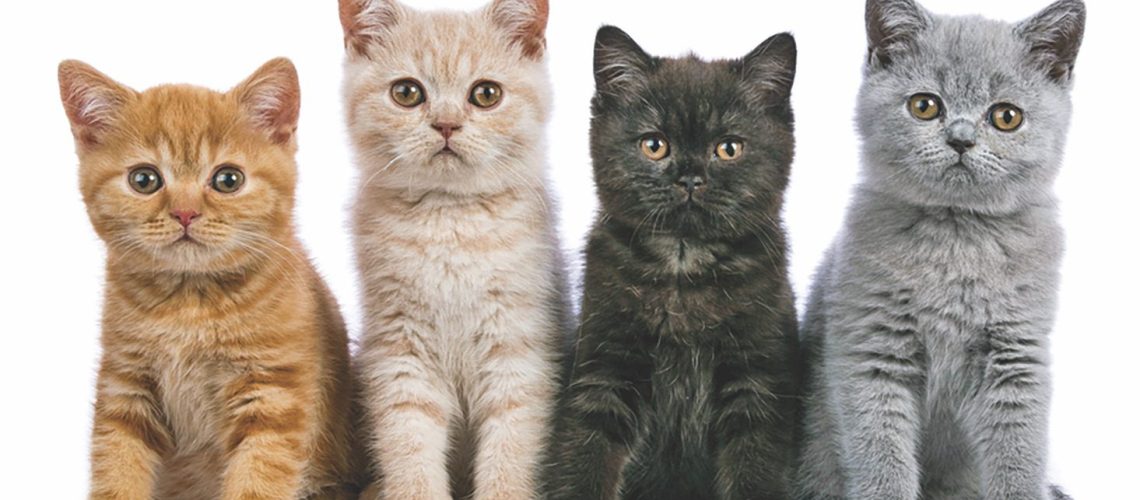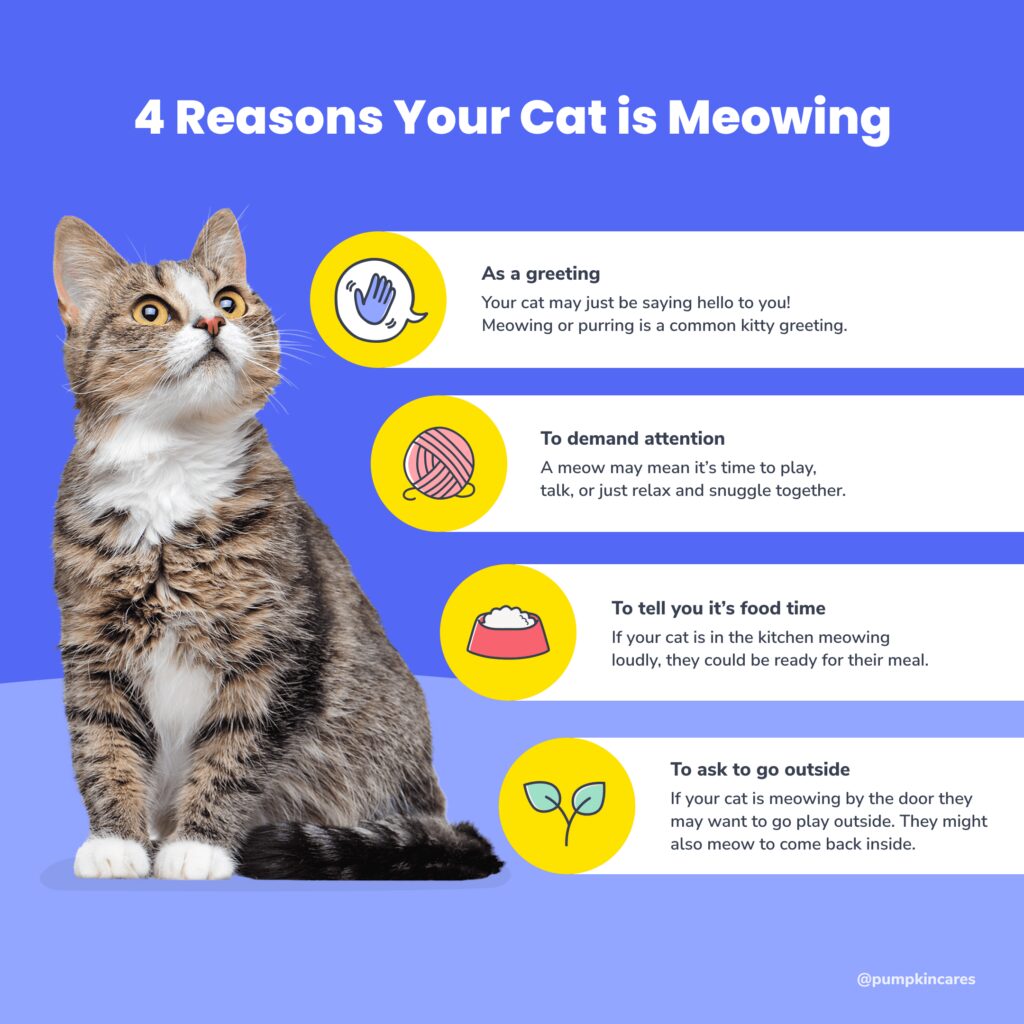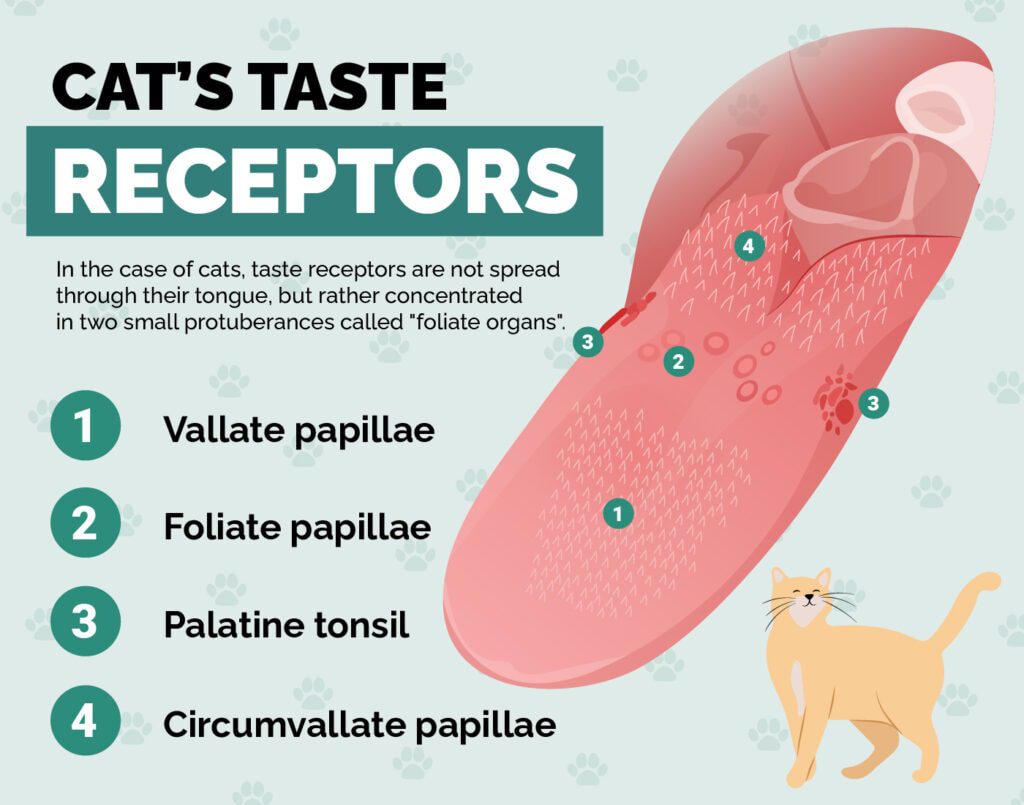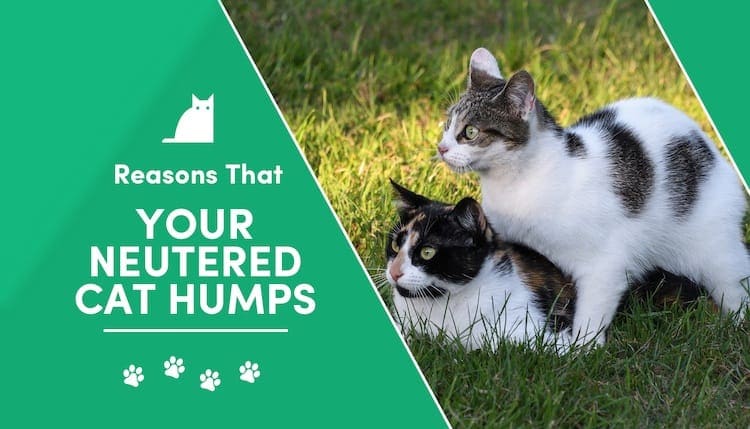Are you curious about the fascinating world of cats? Ever wondered why some cats have different colors and how these colors can reflect their unique personalities? Well, get ready to embark on a colorful journey as we explore the captivating realm of cat colors and traits.
By delving into this subject, you'll not only gain a deeper understanding of our feline friends but also uncover valuable insights that can help you better connect with them. Whether you're a cat owner or simply a cat enthusiast, this topic is essential for anyone seeking to unravel the mysteries behind our furry companions. So, let's dive in and discover the vibrant tapestry of cat colors and traits that make each feline individual truly special. Get ready to be amazed by what lies beneath those beautiful coats!
Key Takeaways:
- Cat colors can vary greatly and are determined by genetics.
- Different cat colors are associated with different personality traits.
- Calico cats, with their unique mix of colors, are often considered to have a sassy and independent personality.
- Orange tabby cats are typically known for being friendly and outgoing.
- Black cats are often associated with mystery and superstition, but they can also be loving and affectionate pets.
1. The Different Colors of Cats: Exploring the Variety
Understanding Cat Coat Colors
When it comes to cat coat colors, there is a wide range of variety. Cats can come in solid colors like black, white, or gray. Some cats have patterns such as stripes or spots. There are also cats with unique color combinations like calico or tortoiseshell.
Cat coat colors are determined by genetics. Genes control the production of pigments that give color to a cat's fur. Different combinations of genes result in different coat colors and patterns.
A Rainbow of Cat Colors
Let's take a closer look at some common cat coat colors:
- Black: Black cats have fur that is entirely black. They are often associated with mystery and superstition.
- White: White cats have fur that is completely white. They are known for their elegance and beauty.
- Gray: Gray cats, also known as blue cats, have fur that ranges from light gray to dark charcoal. They can have solid coats or patterns like tabby stripes.
- Calico: Calico cats have a combination of white, orange, and black patches on their fur. Each calico cat has a unique pattern, making them truly special.
- Tortoiseshell: Tortoiseshell cats have a mix of black and orange patches on their fur. They can also have some white markings. These cats are often called "torties" for short.
The world of cat coat colors is vast and fascinating!
2. How Cats Get Their Colors and Patterns: A Fascinating Development
The Role of Genes in Cat Coat Colors
Have you ever wondered how cats get their colors and patterns? It all comes down to their genes. Genes are like tiny instructions inside a cat's body that determine its traits, including coat color.
Cat coat colors are determined by two main types of genes: pigment genes and pattern genes. Pigment genes control the production of pigments that give color to a cat's fur, while pattern genes determine how these pigments are distributed on the cat's body.
The Science Behind Color and Pattern Genes
Color genes come in different variations, known as alleles. Each allele produces a specific pigment. For example, the allele for black pigment is called "B," while the allele for orange pigment is called "O."
Pattern genes determine how these pigments appear on a cat's fur. Some pattern genes create stripes or spots, while others result in solid coats or unique combinations of colors.
The combination of different alleles for color and pattern genes creates the beautiful array of cat coat colors we see today.
3. Do Cat Colors Reveal Their Personalities? Unraveling the Connection
Exploring the Myth of Color-Personality Link
There is a common belief that a cat's color can reveal its personality traits. However, this notion is more of a myth than a scientific fact.
While some people may have observed certain patterns in behavior among cats of specific colors, there is no concrete evidence to support a direct link between coat color and personality.
Focusing on Individual Differences
Cat personalities are influenced by a variety of factors, including genetics, early experiences, and socialization. Each cat is unique and has its own distinct personality, regardless of its coat color.
It's important to remember that generalizations based on coat color can be misleading. Instead, it is best to focus on getting to know each cat as an individual and understanding their specific needs and preferences.
4. Can a Cat's Color Influence Its Behavior? Understanding the Relationship
The Science Behind Cat Colors and Behavior
Did you know that a cat's color may actually have an impact on its behavior? It might sound surprising, but scientific studies have shown that there could be a connection between the two. For example, research suggests that certain coat colors, such as calico or tortoiseshell patterns, are more commonly associated with female cats. These colors are believed to be linked to specific genes that can influence hormonal balance, potentially affecting their behavior. Additionally, some studies have found that cats with darker coats tend to exhibit more aggressive behaviors compared to those with lighter-colored fur. While it's important to note that individual personality traits also play a significant role in a cat's behavior, understanding the potential influence of color can provide valuable insights for cat owners and enthusiasts.
The Role of Perception and Stereotypes
It's not just the science behind cat colors that influences behavior; cultural perception and stereotypes also come into play. Humans often associate certain characteristics with specific colors, which can inadvertently shape our expectations of a cat's behavior based on its appearance alone. For instance, black cats have long been associated with superstitions and myths in various cultures. Some people believe they bring bad luck or are associated with witchcraft. These beliefs can lead to biases against black cats when it comes to adoption rates or treatment by humans. By understanding these cultural beliefs and challenging stereotypes, we can ensure fair treatment for all cats regardless of their color.
5. Cultural Beliefs and Superstitions Surrounding Cat Colors: What You Should Know
The Symbolism of Cat Colors in Different Cultures
Cats have been revered and feared throughout history, and their colors often carry symbolic meanings in different cultures. For example, in ancient Egyptian culture, cats were highly regarded and considered sacred. Black cats were believed to bring good fortune and protect against evil spirits. In contrast, in some Western cultures, black cats have been associated with bad luck or witchcraft. Similarly, white cats are often seen as symbols of purity and good luck in many cultures. By exploring these cultural beliefs surrounding cat colors, we can gain a deeper understanding of the diverse perspectives and superstitions that have shaped our perception of these fascinating creatures.
The Impact of Cultural Beliefs on Adoption Rates
Unfortunately, cultural beliefs and superstitions surrounding cat colors can have real-world consequences for feline adoption rates. For instance, black cats are often overlooked or stigmatized due to their association with bad luck or witchcraft. This bias can result in longer shelter stays for black cats compared to their counterparts with different coat colors. By shedding light on these cultural beliefs and challenging misconceptions, we can help increase adoption rates for all cats, regardless of their color. Remember, a cat's color should never be the sole basis for judgment or decision-making when it comes to finding them a loving home.
6. How a Cat's Color Affects Adoption Chances: Shedding Light on Shelter Dynamics
The Role of Cat Colors in Shelter Dynamics
When you walk into an animal shelter, you may notice that certain cats seem to get adopted more quickly than others. One factor that plays a significant role in this dynamic is the cat's color. Studies have shown that some colors are more appealing to potential adopters than others. For example, orange tabby cats tend to be popular choices due to their friendly and sociable nature. On the other hand, black cats often face challenges when it comes to finding forever homes due to lingering superstitions and cultural biases. By understanding these dynamics, shelters can implement strategies to increase the visibility and adoption rates of cats with less popular colors, ensuring that every cat has a fair chance at finding a loving family.
Breaking Stereotypes and Encouraging Adoption
It's essential to challenge stereotypes and misconceptions surrounding cat colors in order to promote equal opportunities for all shelter cats. Educating potential adopters about the unique qualities and personalities of cats with different colors can help break down barriers and encourage more inclusive adoption choices. By focusing on the individual characteristics of each cat rather than their color, we can ensure that every feline companion finds a loving home where they are cherished for who they are.
7. Are Certain Cat Colors Linked to Health Conditions? Unveiling Potential Risks
The Connection Between Cat Colors and Health Conditions
While a cat's color may not directly cause health conditions, certain coat colors have been found to be associated with an increased risk of specific genetic disorders. For example, white cats with blue eyes are more prone to deafness due to a genetic mutation that affects pigmentation in the inner ear. Similarly, Siamese cats, known for their distinctive color points, have a higher likelihood of developing respiratory problems compared to other breeds. Understanding these potential risks can help cat owners take proactive measures to monitor their pet's health and seek appropriate veterinary care when needed.
The Importance of Regular Veterinary Check-ups
Regardless of their color, all cats require regular veterinary check-ups to ensure their overall well-being. Routine examinations can detect any underlying health issues early on, allowing for timely intervention and treatment. By staying proactive in your cat's healthcare routine, you can provide them with the best possible chance at living a long and healthy life. Remember, while certain coat colors may be associated with specific health risks, it's crucial to approach each cat as an individual and prioritize their overall health and happiness above all else.
In conclusion, the color of a cat's fur can sometimes be an indicator of its personality traits. While each cat is unique and may not fit perfectly into these generalizations, it can be interesting to learn about the potential characteristics associated with different colors.
What are the colors of multicolor cats?
Calico cats typically have a combination of three colors in their fur, including white, orange, and black. However, it is also possible for variations of these colors, such as cream, blue-black, reddish, and brown, to be present in a Calico cat's coat.
What color cat is most dominant?
Cats can be classified into two main color categories: black and red. These colors are considered dominant and serve as the basis for all other color variations in cats. Other colors may appear by modifying or hiding the black and red colors. Additionally, there is also a diluted version of each color.
What is the rarest color in cats?
Albino is the most uncommon color among cats. Cats with albinism lack any pigment, resulting in pink skin, white fur, and light blue or pink eyes. For a cat to be albino, it must inherit two recessive genes for albinism (A/A), one from each parent.
What color cat do people prefer?
According to surveys, the most popular cat colors in the United States are orange tabbies and tuxedo-colored cats (black and white). However, it's important to note that these findings are not conclusive.
Are 2 colored cats always female?
Similar to tortoiseshell cats, calico cats are predominantly female. The presence of white fur is determined by a separate gene. Male cats typically have only one X chromosome, so they can be either black OR orange, but not both. Male calico cats are extremely rare because they only occur due to a genetic anomaly.
What color cat is least desired?
Black cats are often the most frequently seen coat color and unfortunately, they are also the least sought after when it comes to adoption.

















